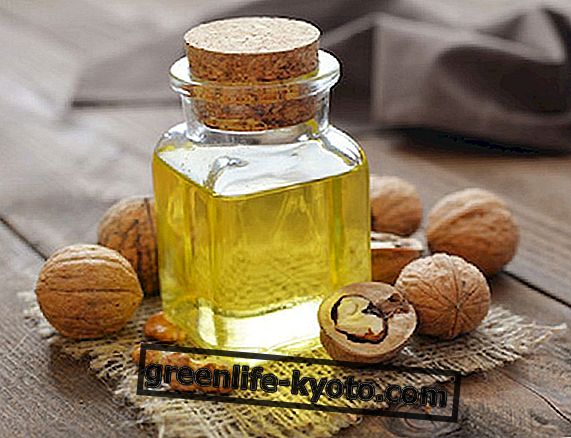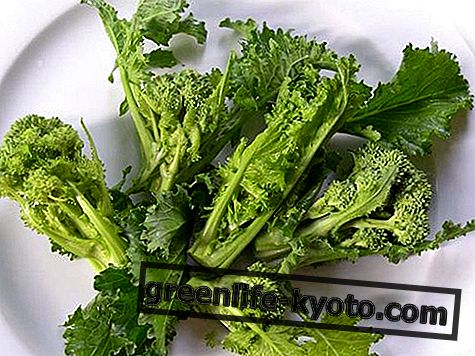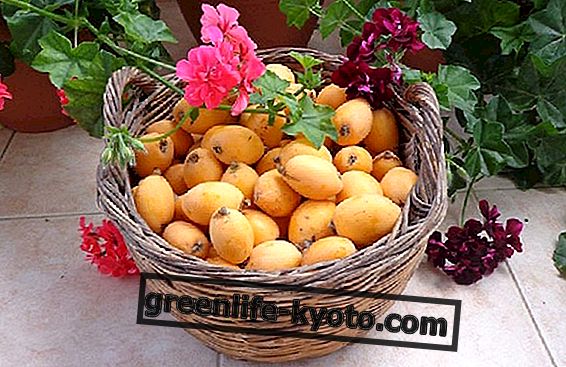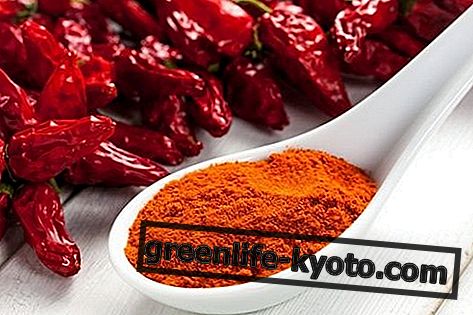Curated by Maria Rita Insolera, Naturopath
The essential oil of Monarda fistulosa is obtained from the distillation of the flowering tops of Monarda, a plant of the Labiate family. Known for its numerous properties, it performs an anti-fungal and anti-inflammatory action, and is useful against skin infections and wounds. Let's find out better.
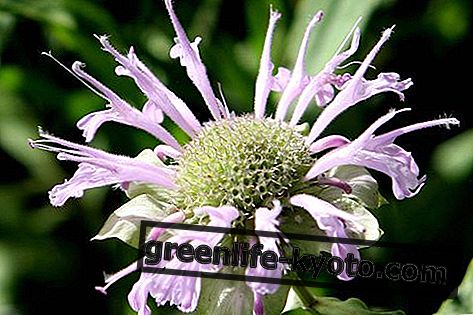
Properties of the essential oil of Monarda fistulosa
The essential oil of Monarda fistulosa is obtained by distilling the flowering tops. Monarda is a medicinal plant that contains anthocyanins (monardine), essential oil, phenols (carvacrol, thymol), bitter substances and tannins.
The essential oil of Monarda fistulosa acts as an antiseptic, bactericidal, antifungal, anti-inflammatory . Thanks to these properties, it is used as an antifungal to treat skin infections, rashes and wounds.
The fragrance of monarda essential oil, inhaled through the room diffuser, has beneficial effects on the body, in fact it acts as a neurotonic and revitalizing .
Description of the plant
The plants of the genus Monarda, belonging to the Labiatae family, include over 20 different species, all with aromatic leaves and originating in the United States and Canada.
Monarda fistulosa is a herbaceous, perennial, rhizomatous and cespicose plant that in Italy is found only cultivated for medicinal or ornamental purposes .
The stems, quadrangular, reach a maximum height of 150 cm. The leaves are opposite, wide and serrated, containing a high percentage of aromatic oils. The flowers are small and of scarlet red color.
How to use the Monarda fistulosa
Of the Monarda fistulosa, for medicinal purposes, tubular and bilabiate flowers and leaves are used. The latter are rich in essential oil and have an aroma similar to bergamot .
Monarda uses leaves for the production of soft drinks and Oswego tea (from the tribe of Oswego), and flowers to extract a perfumed essence, monardine, used in cosmetics and natural medicine.
Fistulosa monarda is used for various purposes. Food use involves the use of leaves to flavor tea and drinks, and to color herbal teas.
Phytotherapeutic use, instead, is dedicated to the treatment of fever and poor digestion.
Contraindications of the essential oil of Monarda fistulosa
The essential oil of Monarda fistulosa has no contraindications but, in predisposed subjects, it can cause allergy to contact. It must also not be used in the first trimester of pregnancy.
Background
The monarda is also known as wild mint, horse mint or Oswego tea.
Its scientific name instead derives from the botanist Nicholas Monardes, who in the sixteenth century described the species in a book on the spontaneous flora of North America.





